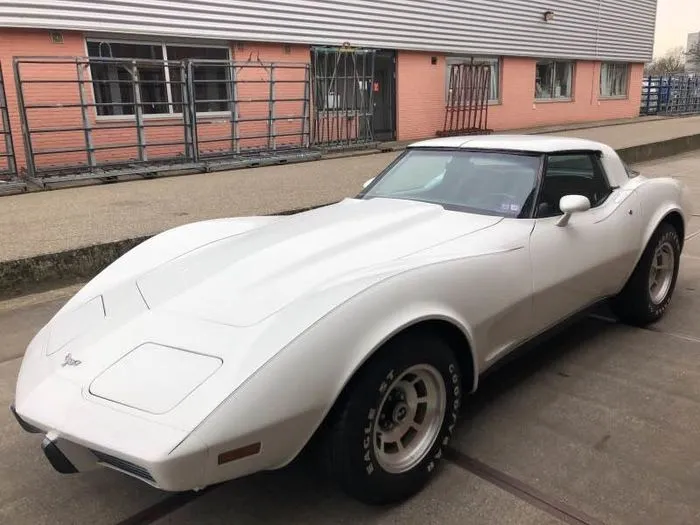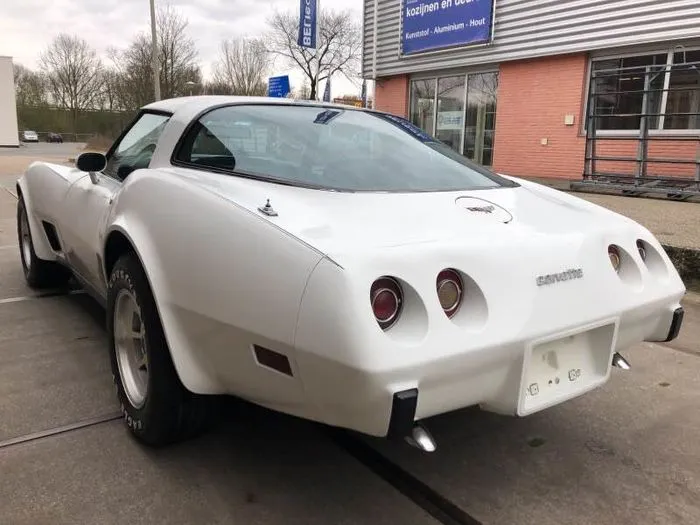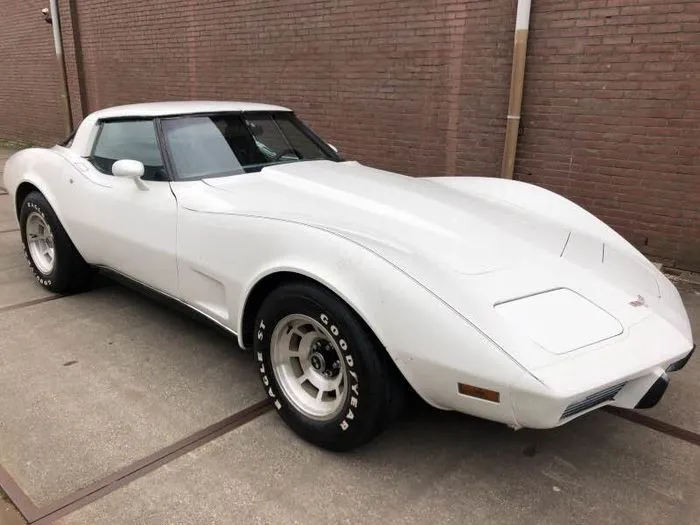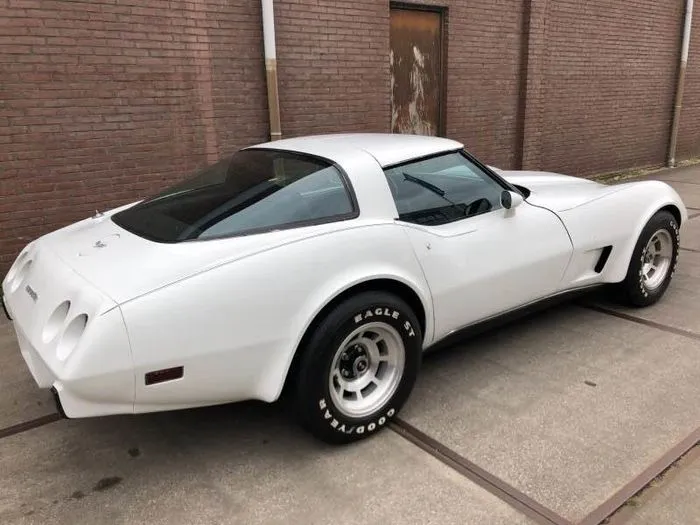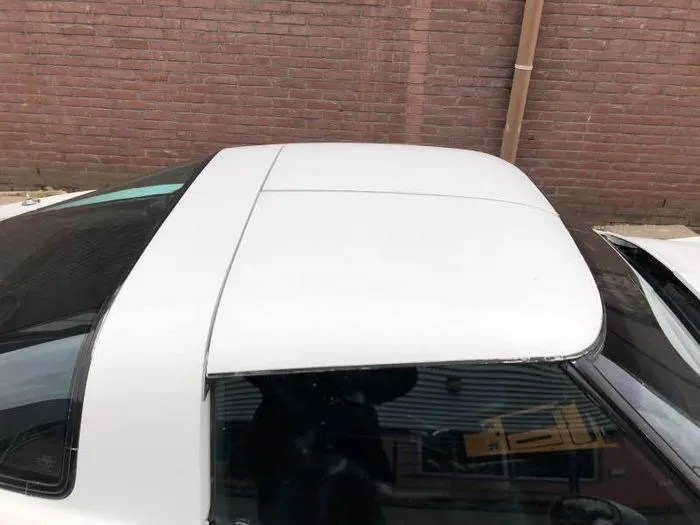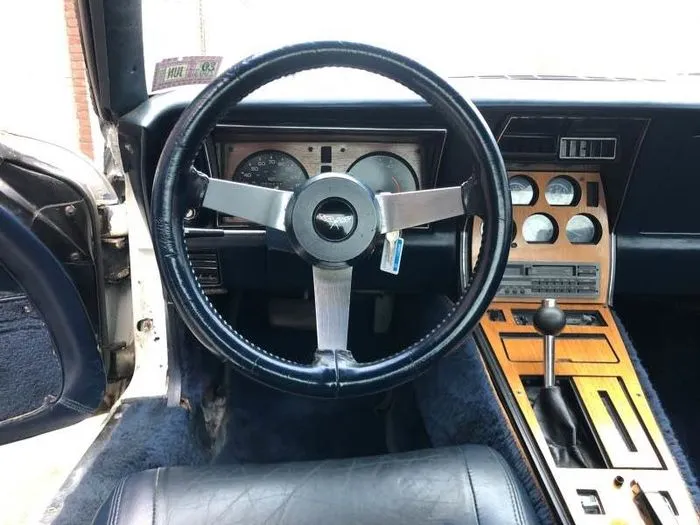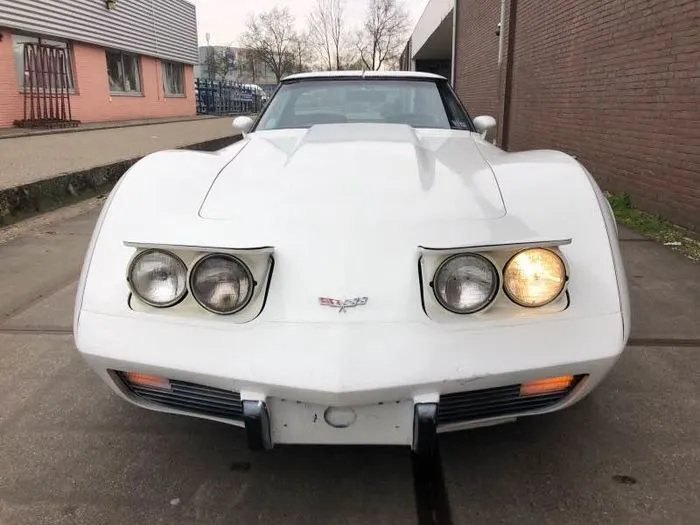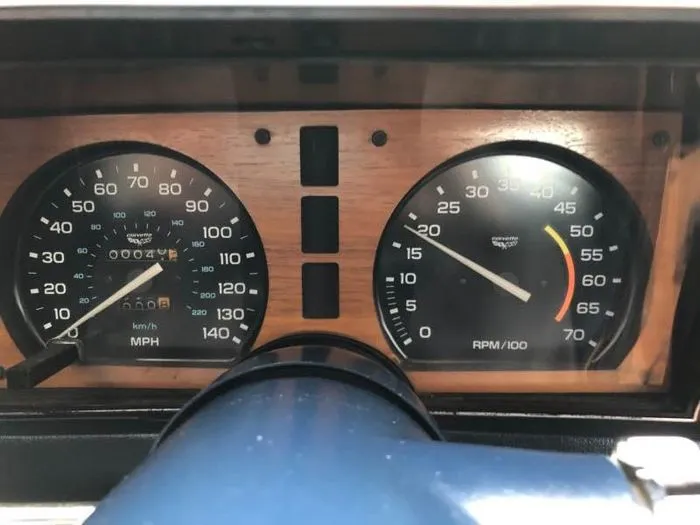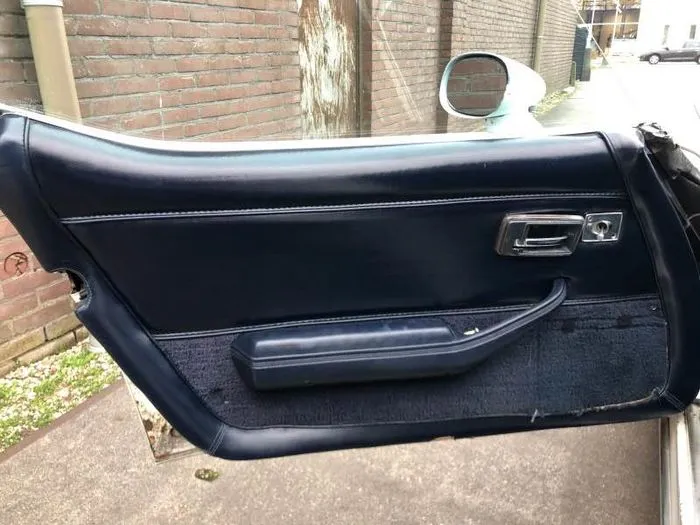Already in the sixties, there were sports cars that looked crisp and fast and drove, but yet have a distinguished, even exclusive elegance. On the track they gave the bull, parked on the gravel road in front of the gate of a villa, the sleeping beauty. They were called Maserati, Aston Martin or Ferrari. And then there was the exact opposite - the Corvette, and especially the Corvette C3. It was a muscleguy on wheels, a clenched fist. The opposite of understatement. A strength athlete who shows off his biceps, is not shy to show what he has and what he can do. The alpha animal in the team. Fine finish and filigree lines are not her thing, lightweight construction is just a word. Over 1500 kilos weighs the monster - no matter, laughs at his Big Block V8, which blows at least 300 hp. The Corvette is chubby, obscene - and horny.
From today's point of view, it is astonishing that the experts were not overly enthusiastic when GM presented the new C3 for the first time at the 1967 Frankfurt Motor Show. Not a word against the technique, although this was taken almost unchanged from the previous 1962 C2. That was in the progressive faithful sixties little glorious, a few halls further Mercedes showed various injection , NSU even the Wankel Ro 80th No, it was the shape. She had clearly bacon all around, the front with its oblique, tapering nose was longer and thus become more confusing for the driver. Overall, the design was reminiscent of the Mako Shark II, a show car designed by Corvette designer Bill Mitchell, Larry Shinoda and Zara Arkus-Duntov two years earlier. After all, Mitchell had missed the sleeping eyes again in favor of the aerodynamics of the C3. They were no longer extended electrically, but pneumatically. Chromium's initially only at the bumpers, even there he had since model year 1973 because of tightened safety regulations sober plastic attachments. But: Under the plastic hood growl as usual V8 engines, in the basic version initially the 327er (5.4 liters) with 300 SAE-PS. The upper end of the engine range formed in 1971 the Big Block with 7.4 liters and 435 hp. Okay, SAE-PS, but what the hell, it was the strongest Corvette for decades. In the 1970s, the oil crisis and exploding insurance premiums slowed the Corvette power
more and more towards the end (1982) left just 230 hp.
The Corvette C3 is a challenge for its pilots, which begins at the boarding. Even ambitious ladies with shoes size 36 must trickle with leg and behind simultaneously push sideways on the imitation leather seat, as the delicate three-spoke steering wheel protrudes far into the interior. Inside it is tight, but quite comfortable. The small key on the steering column - an innovation of the 1969 model year - turned, and under the hood of the eight-cylinder bubbles off. Quiet, barely perceptible. The cockpit made of simple plastic takes some getting used to, the instruments happily scattered. The speedometer and tachometer sit deep in their dark holes and literally call for the light to be switched on. Schllluff - drive up the headlights.
The shift gate of the four-speed manual transmission, which has been standard since 1970, is as narrow as an automatic transmission - perhaps that's why the gearshift pattern is huge. The clutch struggles stubborn, up to the thigh is the reluctance of the clutch springs felt. The first gear scratches into position, the Vette almost automatically rolls out of the parking garage. Turn signal right - and then that: a turning circle like a truck. Well, there is more space on American roads. Luckily, the power steering is easy. The pointed snout is only to be guessed, somewhere in front of the gray band of the road unwinds faster and faster. Even at 30 miles per hour, about 50 km / h, you roll in the fourth. When accelerating, the rumble of the machine increases, but remains unexpectedly restrained. Once again, you notice the situation: passers-by, other motorists - what are they staring at? Am I doing something wrong? Oh yes, I'm sitting in a slightly conspicuous automobile. But the C3 is not a show car, but a genuine sports car - not for whiskers, but for strong girls and big boys!
The technique of C3 is considered mature and durable. Many copies, however, suffer from the fact that their previous owners have treated them carelessly. Be aware of the wear of the camshafts and the carburetor throttle shaft in the engines. For the models with manual transmission check the function of the clutch and the shift ability of the gears. The plastic body does not rust, but may have cracks. Susceptible to rust, however, are the front frame tips, including the crossbeam. A look at the steel wheel arches can be worthwhile, as well as on the A-pillar and windscreen frame. Be sure to check: the rear axle swing arm attachment, the rear trailing arms and the crossbar on which the differential is suspended, and the attachment of the differential. Deformations of the frame end tips, poorly fitting hinged headlights and filler necks indicate accident damage.
Do not be put off by stereotypes. But do not be fooled by a smooth body. Under the plastic can rust so much that it is always worthwhile to consult before buying a Corvette expert. Big blocks may swell the ego, but the small blocks are more thermally stable, lighter, and cheaper. Switch or automatic? Only the taste decides here.
